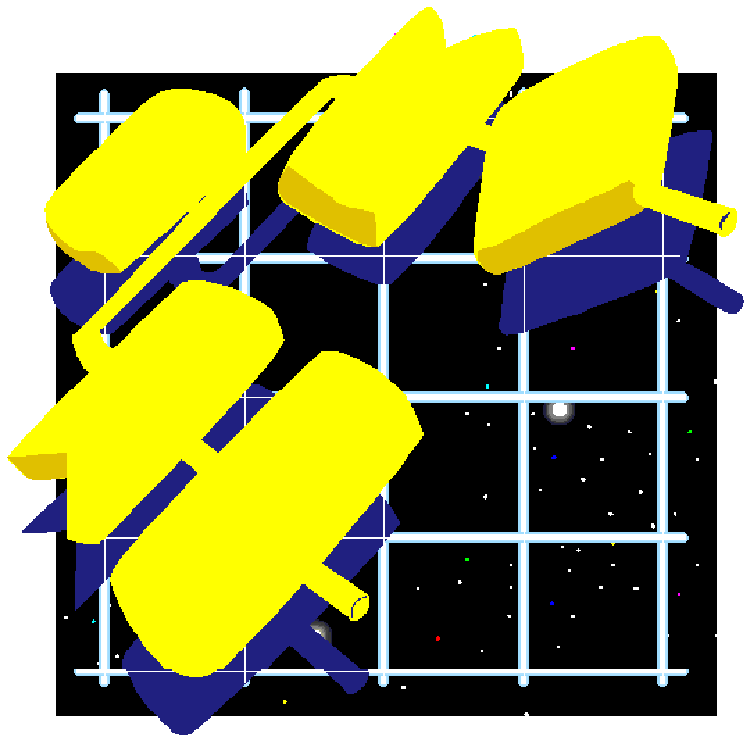
 Table of Contents
Table of Contents  Previous Chapter For new and unexperienced users
Previous Chapter For new and unexperienced users

Telelogic AB Phone +46 40-174700
Box 4128 Telefax +46 40-174747
S-203 12 MALMÖ E-Mail support@telelogic.se
SWEDEN
Michael Andersson
Tord Andreasson
Per Beremark
Jan Docekal
Anders Ek
Mikael Ek
Ola Eklundh
Petra Ericson
Kjell Erkstam
Catarina Görtz
Carl Olof Hydbom
Jan Karlsson
Tomas Lundh
Pär Madsen
Thomas Michanek
Piotr Nestorow
Gert Nilsson
Per-Olov Nilsson
Örjan Persson
Lars Råwall
Henrik Sundström
John Svensson
Jon Stephenson von Tetzchner
Lars Tufvesson
Louis Verhaard
Björn Yndén
All rights reserved. No part of this publication may be reproduced, transmitted, transcribed, stored in a retrieval system or translated into any language in any form by any means without the written permission of Telelogic. Information in this document is subject to change without notice.
Telelogic provides this publication "As Is" without warranty of any kind, either expressed or limited. Telelogic may revise this publication from time to time without notice.
giftoppm and ppmtoxpm are Copyright (C) 1991 Rainer Klute
Permission to use, copy, modify, distribute, and sell this software and its documentation for any purpose is hereby granted without fee, provided that the above copyright notice appear in all copies and that both that copyright notice and this permission notice appear in supporting documentation, and that the copyright holder's name not be used in advertising or publicity pertaining to distribution of the software without specific, written prior permission. The copyright holder makes no representations about the suitability of this software for any purpose. It is provided "as is" without express or implied warranty.
DEC, DECstation, DECwindows, PATHWORKS and ULTRIX are registered trademarks of Digital Equipment, Incorporated.
FrameMaker, FrameReader and FrameViewer are registered trademarks of Frame Technology Corporation.
Hewlett-Packard is a registered trademark of Hewlett-Packard Corporation.
IARC51 is a trademark of IAR, Incorporated.
IBM is a registered trademark of International Business Machines Corporation.
Interleaf is a registered trademark of Interleaf, Incorporated.
ITEX is a trademark of Telelogic.
Microsoft, MS and MS-DOS are registered trademarks of Microsoft Corporation.
Netscape is a registered trademark of Netscape Communications Corporation.
Oasys is a trademark of XEL, Incorporated.
OSE is a registered trademark of ENEA DATA AB.
OSF, OSF/Motif and Motif are trademarks of Open Software Foundation, Inc.
Personal System/2, PS/2, MicroChannel, RISC System/6000 and AIX are trademarks of International Business Machines Corporation.
Pentium is a registered trademark of Intel, Inc.
PostScript is a registered trademark of Adobe Systems, Inc.
pSOS+ is a trademark of Integrated Systems, Inc.
SDT is a trademark of Telelogic.
Solaris, Sun Microsystem, SPARCstation, Sun Workstation and NFS are trademarks of Sun Microsystems, Incorporated.
TeleUse is a registered trademark of Alsys.
UNIX is a registered trademark of AT&T Bell laboratories, Incorporated.
Microtec and VRTX are registered trademarks of Microtec Research, Inc.
VxGDB and VxSim are trademarks of Wind River Systems, Inc.
VxWorks is a registered trademark of Wind River Systems, Inc.
Windows, NT and Windows/386 are trademarks of Microsoft Corporation.
X Window System is a trademark of the Massachusetts Institute of Technology.
XRAY is a trademark of Microtec Research, Inc.
The Edit menu provides a Paste command...
Click on the OK button...
... stored in the work area.
The sdt.ssl file...
The textual output generated by the computer, as well as portions of source code and file contents, are also shown in that typewriter font. For example:
State1: Sig1:INPUT Sig2:SAVED State2: Sig3:INPUT Sig1:UNHANDLEDWhen you are asked to type in characters from the keyboard during an interactive session, a bold typewriter font is used in order to distinguish user input from computer textual output:
Now, type in Convert, Demon, System
Command : List-Ready-Queue
The syntax is "<process instance> <variable name>"...
Special keys or key combinations are shown in typewriter font within angle brackets:
To execute the command, press <Return>...
Hit <ctrl-c> to...
See chapter 3, Documentation Guide, in the volume SDT 3.02 Release and Documentation...
References to sections within chapters are quoted. For example:
See "Search List" on page 21...
References to figures / examples within the current chapter refer to the figure / example number. For example:
See Figure 4.
Example 1 Some exampleIcons and other small pictures are often depicted in the left margin to be easily noticed.------------------------------------------------------------------- Caution! A caution notice provides essential information which, if disregard ed, could cause damage to the system or to the user's data. --------------------------------------------------------------------------------------------------------------------------------------- Note: A note provides additional information that assists the reader when reading about a topic. --------------------------------------------------------------------
Figure titles and comment text in a figure are shown in a sans-serif font:
Figure 999: The Figure Title.
-----
(fig)
-----
This page intentionally left blank